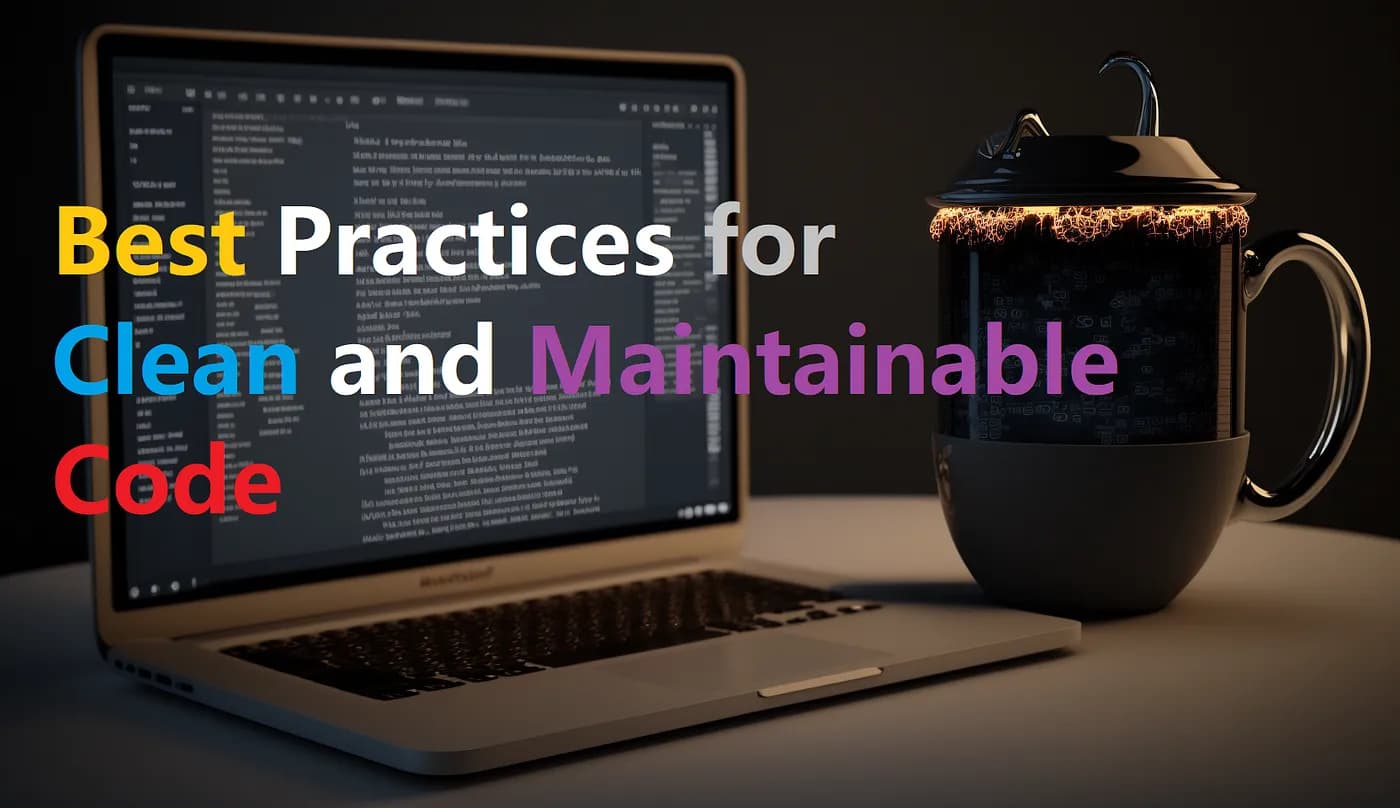Why Maintainable Code Is the Key to Long-Term Success
Software doesn’t live in a vacuum. It evolves with changing technologies, user needs, and business goals. Without proper attention to Maintainable Code, your application may become a mess of spaghetti logic, making enhancements costly and slow.
That’s why investing in Maintainable Code practice is vital for ensuring Long-Term Success. At Blackwhaledev, we design systems that last, ensuring our clients benefit from resilient, adaptable solutions.
Understanding Maintainable Code
Maintainable Code refers to code that is:
-
Easy to read and understand
-
Well-documented
-
Modular and testable
-
Consistent in style
-
Built with future updates in mind
When a developer leaves a project, the remaining team should be able to pick up right where they left off. That’s the real power of proper Maintainable Code practice.
1. Prioritize Readability for Maintainable Code
Readable code is the first step toward Long-Term Success. If your code is difficult to understand, even minor changes can introduce bugs or lead to wasted hours.
Tips for Readable Code:
-
Use meaningful variable and function names
-
Avoid deep nesting
-
Keep functions short and focused
-
Organize your code with clear structure
At Blackwhaledev, readable code isn’t optional—it’s foundational. Our developers follow strict guidelines that enforce Maintainable Code readability to ensure Long-Term Success.
2. Follow Consistent Coding Standards
Establishing a consistent coding style is a critical Maintainable Code practice. Consistency makes it easier for teams to collaborate and understand each other's work.
Best Practices:
-
Adopt formatting tools like Prettier or ESLint
-
Use consistent naming conventions
-
Apply standard file and folder structures
-
Write inline comments where necessary
By maintaining consistency, developers at Blackwhaledev can deliver Maintainable Code that aligns with long-term goals and ensures Long-Term Success.
3. Embrace Modularity for Long-Term Success
Breaking your code into small, reusable modules makes it easier to debug, test, and maintain.
Key Modular Practices:
-
Follow the Single Responsibility Principle (SRP)
-
Keep functions and classes focused
-
Reuse components wherever possible
Using modular design is one of the most powerful Maintainable Code practice approaches to achieve Long-Term Success to maintain code.
4. Write Tests—Your Future Self Will Thank You
Test coverage isn’t just about preventing bugs; it’s also a safeguard for maintainability.
Testing Tips:
-
Write unit tests for logic-heavy functions
-
Use integration tests for component interactions
-
Automate testing with CI/CD pipelines
At Blackwhaledev, every project follows a test-first or test-driven development (TDD) approach to ensure our Maintainable Code remains stable throughout its lifecycle, providing Long-Term Success to our clients.
5. Document Your Code Thoughtfully
Documentation doesn’t mean bloated wikis—concise and accurate docs win every time.
Good Documentation Includes:
-
Code comments for complex logic
-
README files with setup instructions
-
API documentation for external integrations
Proper documentation is a crucial Maintainable Code practice that ensures Long-Term Success to maintain code in multi-developer environments.
6. Use Version Control Smartly
Git is a lifesaver, but only if used properly. Structuring your commits and branches helps teams track changes and troubleshoot effectively.
Version Control Best Practices:
-
Commit small, logical changes
-
Write meaningful commit messages
-
Follow branching strategies like Git Flow
Version control, when aligned with other Maintainable Code strategies, boosts project health and ensures Long-Term Success.
7. Refactor Regularly—Don’t Let Code Rot
Refactoring is the process of restructuring code without changing its behavior. It improves performance, readability, and flexibility.
At Blackwhaledev, we incorporate scheduled refactoring as part of our development cycle. It’s a proven Maintainable Code practice for preserving software quality and achieving Long-Term Success to maintain code.
8. Adopt Design Patterns Wisely
Design patterns offer proven solutions to recurring problems. However, they must be used where appropriate.
Some commonly used patterns in Maintainable Code include:
-
Singleton
-
Factory
-
Observer
-
MVC/MVVM
Understanding when to apply these is vital for Long-Term Success.
9. Collaborate with Code Reviews
Peer reviews ensure that all code meets team standards and avoids bottlenecks.
Benefits of Code Reviews:
-
Detect issues early
-
Promote learning and mentorship
-
Maintain consistent coding quality
At Blackwhaledev, code reviews are non-negotiable. It’s one of the most effective Maintainable Code practice methods we rely on to guarantee Long-Term Success to maintain code.
10. Avoid Over-Engineering
Simplicity is key. Don’t design features or systems more complex than they need to be.
Simple Code = Maintainable Code
Avoid "just in case" code. Build for what is needed today while keeping future growth in mind. This balance ensures sustainable development and is essential for Long-Term Success.
Tools That Help You Write Maintainable Code
Here are a few tools that assist in writing Maintainable Code:
-
SonarQube: For code quality analysis
-
JSDoc / Swagger: For documentation
-
Prettier / ESLint: For formatting
-
Jest / Mocha: For testing
-
Git / GitHub: For version control
At Blackwhaledev, we integrate these tools into our workflows to ensure our clients benefit from scalable, clean, and Maintainable Code for Long-Term Success.
Common Mistakes That Lead to Unmaintainable Code
Avoid these to stay on track:
-
Writing clever instead of clear code
-
Hardcoding values
-
Ignoring naming conventions
-
Skipping code reviews
-
Neglecting documentation
All these practices go against the principles of Maintainable Code practice and threaten your Long-Term Success to maintain code.
Maintainable Code Is a Team Culture
Creating Maintainable Code isn’t just an individual effort—it’s a team mindset. From junior developers to tech leads, everyone must align with best practices and principles that lead to Long-Term Success.
At Blackwhaledev, we prioritize education, process, and mentorship to foster this culture.
Final Thoughts: Building a Future-Proof Codebase
Writing Maintainable Code is more than good programming—it’s a long-term investment. Every best practice you apply today lays the foundation for tomorrow’s scalability and agility.
Whether you’re launching a startup app or building enterprise software, adopting strong Maintainable Code practice ensures your product stands the test of time.
At Blackwhaledev, we don’t just build apps—we build codebases for Long-Term Success to maintain code.
